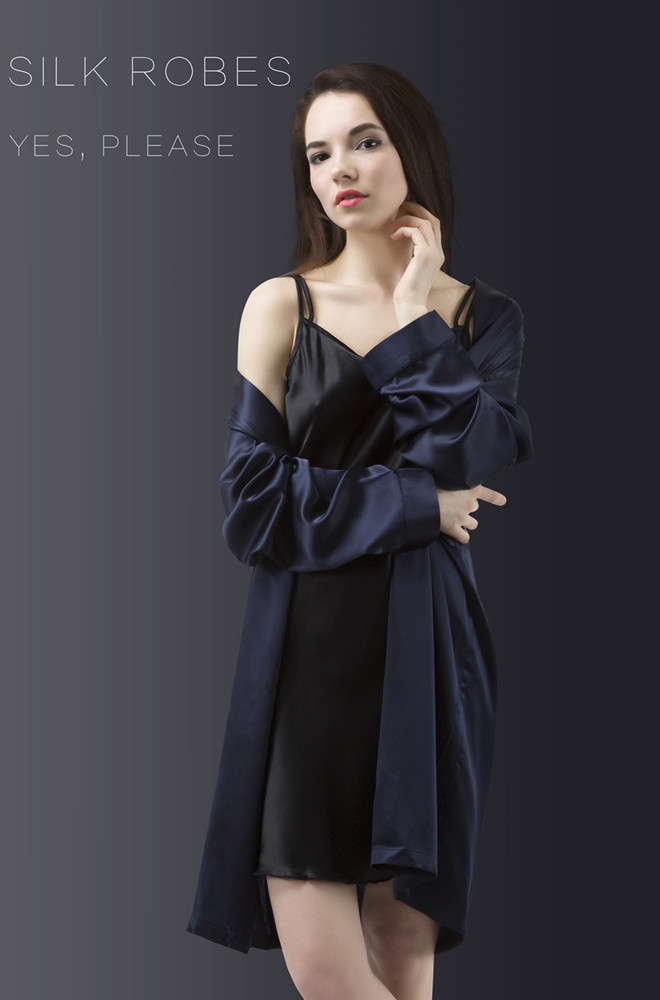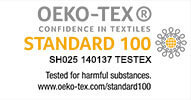Chinese Silk Culture
Blog >>
1. China was the first country in the world to cultivate silkworms and develop silk weaving.
Our ancestors. The three brocades,namely, the Song style (from Suzhou), the Shu ( from Sichuan ) and the Yun (from Nanjing) are the excellent represents of silk products and still enjoy a high reputation in the world currently. Therefore, in a sense, silk represents the long and splendid Chinese culture. In the Qin and the Han Dynasty, silk production achieved a peak with great economic development and silk can be produced in almost every places. Besides, the styles and designs of silk also become more and more diversified. At that time, the silk was mainly divided tough silk, damask and brocade.
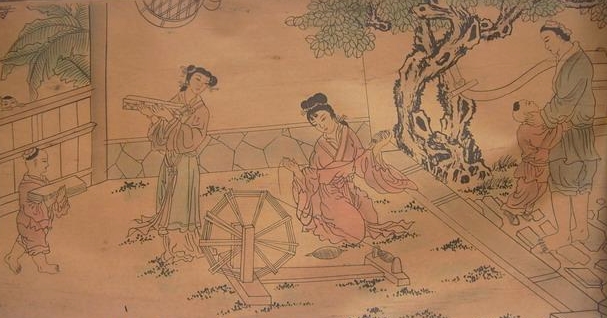
2. The emerge of brocade is an important milestone in the history of silks in China, and it combines the excellent property of silk with art.
Silk is not only a kind of noble material for closing, but also a work of art. It greatly enhances the cultural connotation and historical value of silk products. With the development of foreign exchange in China Han Dynasty, silk cloth trade and export flourished, which further promoted the economic development and cultural exchange between central plains and the frontier, as well as China and the neighboring countries, thus forming the well-known “Silk Roads”. This road started from ancient Changan, passed Ganshu, Xinjiang, Central Asia and Western Asia, and reached Europe in the end.
3. Tang Dynasty was the golden age of silk cloth production. Silk industry reached an unprecedented level in terms of output, quality and variety.
At that time, silk production organization was divided into court handicraft industry, rural sideline production, and independent handicraft industry. The production scale was greatly improved compared with the previous dynasty. At the same time, the foreign trade of silk was also significantly developed. There appears three channels of “Silk Road”,and at the same time, the trade volume was also greatly increased. Silk production and trade made a great contribution to the booming development of Tang Dynasty.
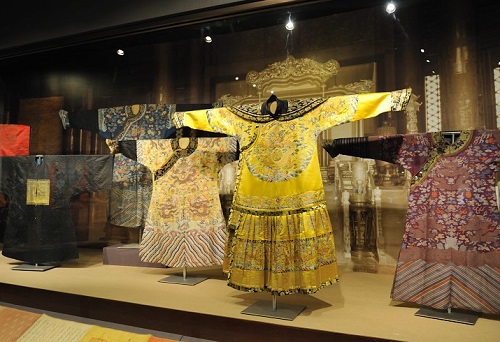
4. In Song Dynasty, with the advancement of techniques of silk weaving, China silk saw a short brilliance.
On one hand, the variety of silk was significantly increased. On the other hand, new silk products, especially, song brocade,silk and the silk weaving products decorated with gold, were emerged. Besides, Major breakthroughs were made in terms of the promotion of techniques of silk weaving.
5. Advantages of silk cloth
First, comfortable feeling. Silk broadcloth is made from azelon, which has excellent biocompatibility with human body. With smooth surface, it has the lowest friction coefficient among various kinds of fabrics.
Second, UV resistance. As the tryptophan and tyrosine contained in fibroin can absorb ultraviolet rays, silk cloth has good UV resistance. And ultraviolet rays are very harmful to human skin.
Third, good moisture absorbing and releasing behavior. As silk protein fiber contains a large number of ammonio, amidogen and other hydrophilic carboxy groups and has many pores, for water molecules spread easily, it can absorb or release water in the air, and maintain a certain amount water in it. Under normal temperature, silk protein fiber can help human skin maintain some water, to avoid dry skin. In summer, it also can help dissipate body heat and sweat, making people feel very cool. Due to this property, real silk fabrics are more suitable for direct contact with human skin. Therefore, people tend to regard silk garments as essential closing in summer.
Silk cloth has not only better heat dissipation, but also excellent heat retention, due to its porous fiber structure. In a silk fiber, there are a lot of tiny fibers, which are composed by much tinier fibers. Thus, the silk is actually has 38% of hollow part, in which a large amount of air contains. The air can prevent heat dissipation,providing outstanding heat retention.


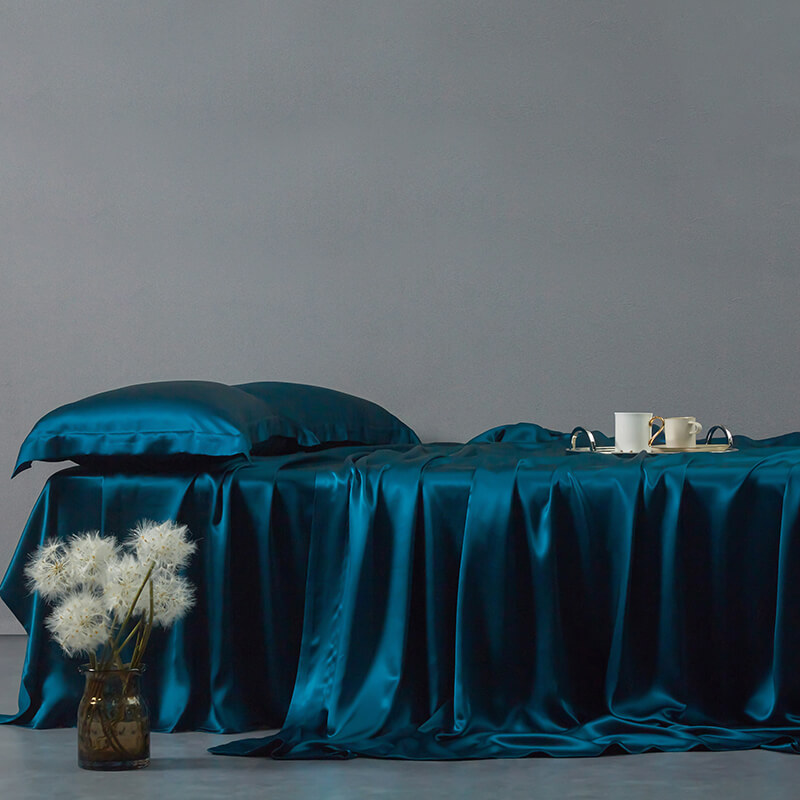
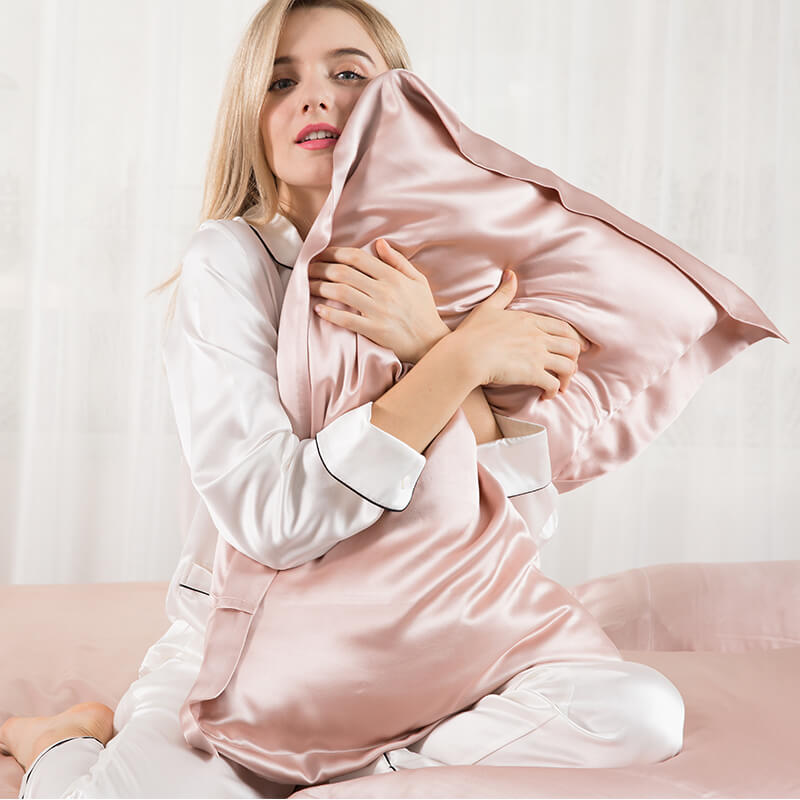

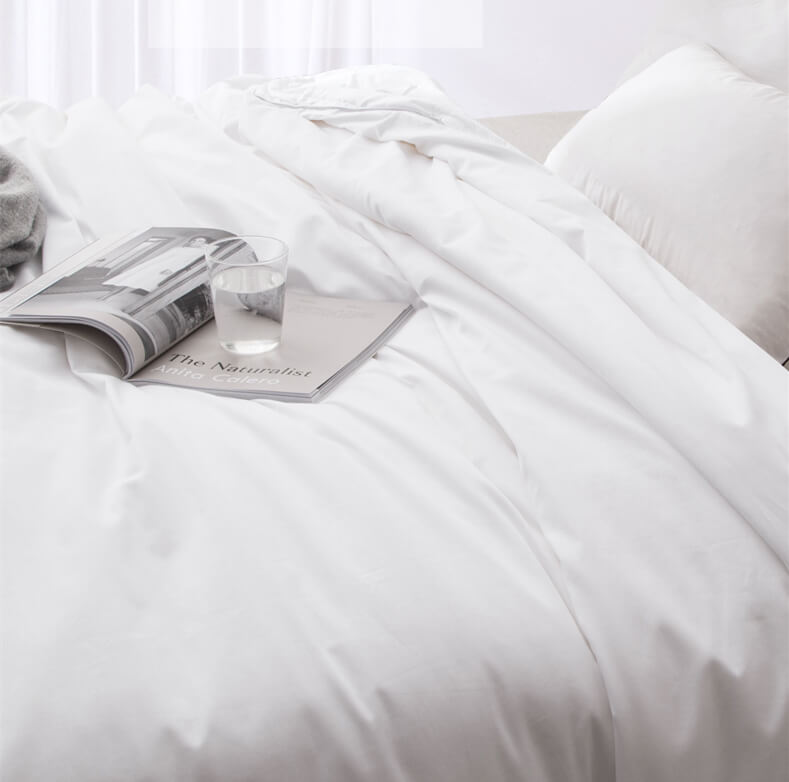

 English - USD
English - USD 







